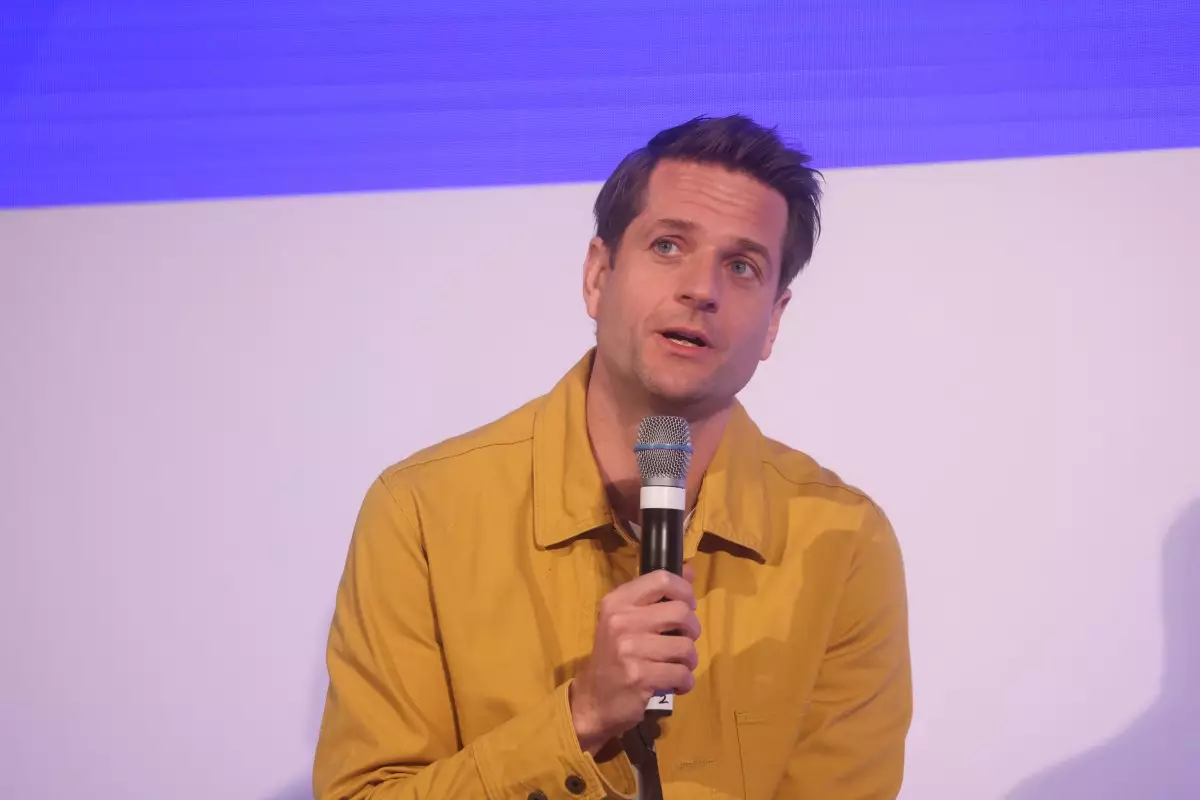In recent statements, Klarna’s CEO Sebastian Siemiatkowski made waves by attributing his company’s workforce reduction primarily to generative AI. His remarks, shared during an interview with Bloomberg TV, suggest a bold leap toward automation, where the future of work is painted in stark contrast—with AI stepping in as a capable substitute for human labor. Yet, a closer examination reveals a nuanced situation that challenges the notion of a seamless transition from human employees to AI-driven efficiency.
Reality vs. Perception: The Employment Landscape at Klarna
Siemiatkowski conveyed a compelling narrative that showcased Klarna’s workforce declining from 4,500 to 3,500 employees within a year due to a hiring freeze and natural attrition rates typical in the tech industry. His broad assertion that 20% of employees leave annually aligns with standard industry turnover metrics. However, this proclamation, while attention-grabbing, fails to consider the reality of job recruitment that persists despite claims of a hiring halt. Current job listings on Klarna’s website reveal over 50 open positions globally, a fact that suggests a selective hiring practice, countering the narrative of complete workforce reduction.
It appears that the CEO’s commentary, while accurate in parts, simplifies a far more complex hiring and workforce management strategy. Klarna has experienced evolving needs, and certain roles, especially in engineering and policy, remain essential to their operational framework. The company’s history of aggressive hiring before the pandemic was substantial, as noted by their global press lead, John Craske, emphasizing that Klarna previously added between 1,000 to 1,500 employees annually from 2019 to 2022. Hence, while the total number of employees may have decreased, the adaptability and response to market demands reveal a more intricate picture than just a reliance on AI.
Siemiatkowski fervently posits that AI can perform many jobs that humans currently hold, which suggests a potential paradigm shift in labor dynamics. However, his comments raise critical questions about the readiness of AI to assume complex roles that require human intuition, emotional intelligence, and nuanced decision-making. The instance of Siemiatkowski using AI to create a deepfake of himself to announce financial results symbolizes a growing trend in tech industries to leapfrog traditional roles. However, it also draws attention to the inherent limitations of AI, which, while capable of processing vast amounts of data, lacks the inherent human qualities that are often irreplaceable in corporate governance and strategic decision-making.
Klarna’s pivot toward AI does reflect a sector-wide trend among tech companies. Many firms have made overtures toward automation as a means of enhancing productivity and decreasing costs. Yet, Siemiatkowski’s statements might carry an ulterior motive, given Klarna’s impending IPO. By positioning the company as innovative and forward-thinking, he may be attempting to elicit investor confidence in a landscape where technological strength becomes a prominent metric of performance.
Despite the optimistic forecast from the Klarna CEO, various studies suggest that the integration of AI into work processes is not occurring as rapidly as anticipated. Organizations are not fully replacing human roles but instead are reshaping them to incorporate technological tools, enhancing rather than fully displacing human labor. This approach recognizes the value of human capital in conjunction with AI-driven efficiencies.
Moreover, the idea that generative AI can replace entire teams raises concern about the broader implications of such strategies. What becomes of the workforce that is sidelined as companies hastily shift to AI? What happens to the displaced workers whose livelihoods depend on the very roles that are being automated? Questions surrounding ethical employment practices and the responsibilities of tech companies toward their workforce loom large in this discourse.
While Klarna’s current employment trends may suggest a strategic evolution toward increased AI automation, the full picture requires careful scrutiny. Siemiatkowski’s narrative, while compelling, deserves a more critical analysis that recognizes the ongoing need for human innovation alongside technological advancements. The future is not merely about AI replacing jobs; it is about integrating technology while valuing the indispensable human element in the workplace. As the discourse on AI and employment continues, we must navigate these conversations thoughtfully, bearing in mind the complexities and realities of workforce dynamics in an increasingly automated world.

